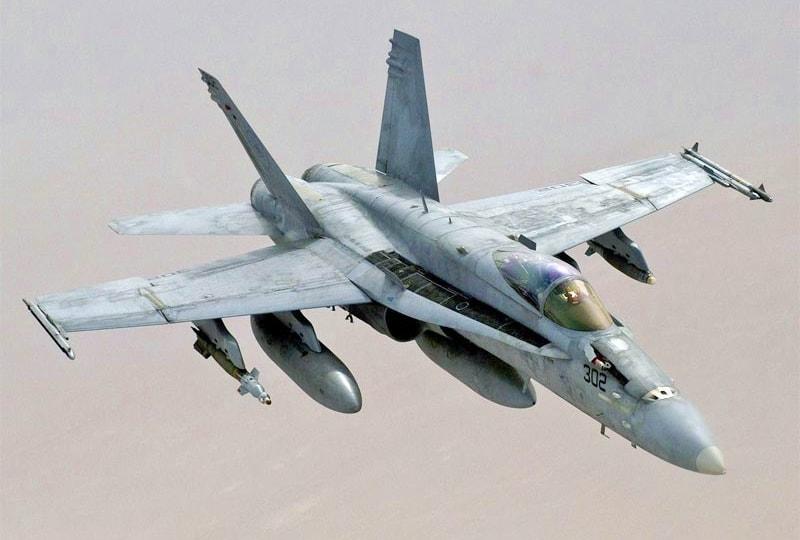Project Challenges
- Sundown of Legacy A-D aircraft
- Harmonizing operational demand with NAVAIR Program Office (PMA-265) maintenance needs and airframe strike/retirement
- Super Hornet/Growler – Synergizing modifications and maintenance with proper fleet allocation to satisfy high operational tempo
Project Approach
Legacy Hornets are being phased out of service by the US Navy and the US Marine Corps in favor of the newer, more capable Super Hornets. However, Legacy Hornets remain a critical element of airpower for the services during this period of high operational tempo. It is essential to maintain a delicate balance between retiring aircraft no longer needed by the fleet and supporting those still operational.
Managing this transition involves considering the views and priorities of many stakeholders, who sometimes have differing interests. A holistic approach to the "sundown" of the Legacy Hornets and the "sunrise" of the Super Hornet fleets is crucial. This process includes allocating aircraft to operational squadrons, depot-level maintenance facilities, and modification programs.
By utilizing a data-driven, predictive approach, SABRE and our technology-enabled contractors have developed a comprehensive plan. This plan maximizes aircraft availability to operational units, minimizes maintenance downtime, and reduces the number of aircraft transfers among various squadrons, thereby enhancing efficiency and minimizing unnecessary costs.
One of the key strengths of embedding Type3 Solutions within your aircraft management team is that our resultant plans are quantitative rather than qualitative. Moreover, the plan spans the entire fleet's life. This comprehensive approach allows for the visualization of potential problems or chokepoints years in advance, facilitating proactive mitigation rather than short-term reactive measures. These plans are demonstrably justifiable to the Chain of Command, ensuring transparency and accountability in decision-making.
Project Details
Client:NAVAIR Program Office (PMA-265)
Sector:US Navy and Marine Corps
Fleet:McDonnell Douglas F/A-18 Hornet combat aircraft
Inventory:Combined fleet of 900 USMC and USN Legacy and Super Hornets.




